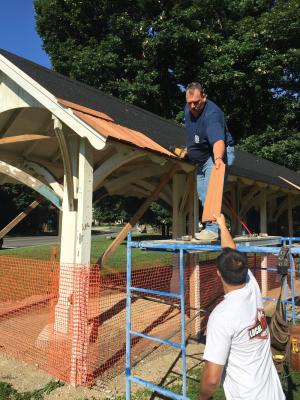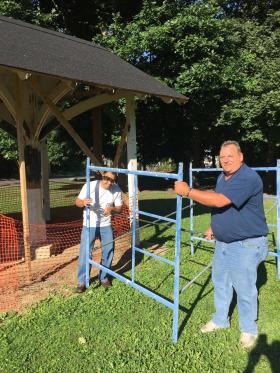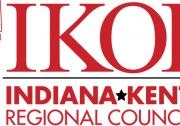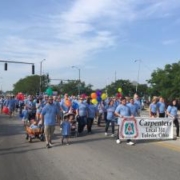INSTALL Contractor Featured in Case Study
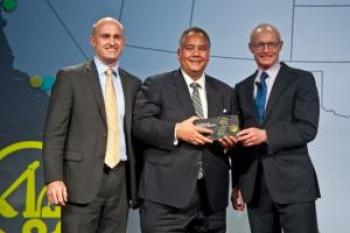
TOLEDO, Ohio – Earlier this year, American Flooring & Interiors (AF&I) was featured in a case study showcasing their rising position in the industry. The case study touted AF&I’s 2014 number one ranking from Initiative for a Competitive Inner City (ICIC) as the fastest growing company in the construction industry and the number 11 fastest growing company overall. The companies chosen annually represent innovative, diverse companies that produce jobs in their local communities and generate over half of their revenues from regional, national and international sales.
As part of their impressive credentials, AF&I has received a special certification with the International Standards & Training Alliance (INSTALL) flooring program. INSTALL has certified AF&I as an INSTALL Warranty Contractor. Contractors like AF&I must reach elevated standards in exemplary installation performance history, demonstrate and maintain good business standards and bonding credentials, and all of their journeyperson installers are required to be INSTALL certified. The INSTALL Warranty is the only free, extended, additional, third-party installation warranty in the floor covering industry.
AF&I owner Gary Johnson attributes the company’s success to investing in skilled, professional people and providing them with comprehensive INSTALL training and certification. Local floor coverers working for the AF&I are members of the Indiana/Kentucky/Ohio Regional Council of Carpenters (IKORCC), a regional council of the United Brotherhood of Carpenters (UBC).
AF&I is joined by seven other IKORCC INSTALL Contractors and 23 US and Canadian INSTALL Contractors that have achieved this distinction from over 400 INSTALL Contractors across the US and Canada.
INSTALL is a North American alliance of flooring mills, manufacturers, consultants and contractors who work together to ensure superior flooring installations.
For more information, please contact Ray Laraby at rlaraby@ikorcc.com.
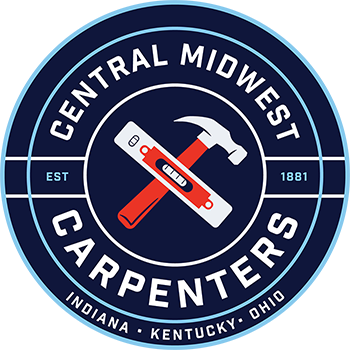
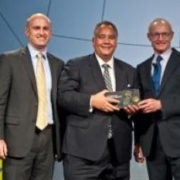
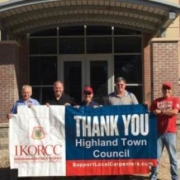

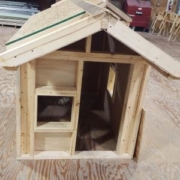
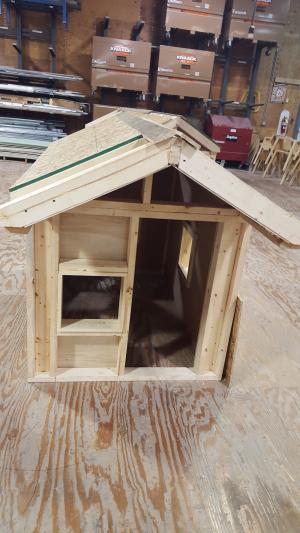

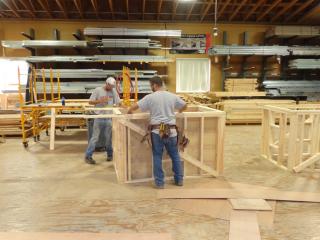

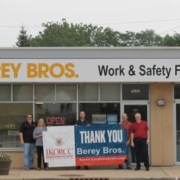
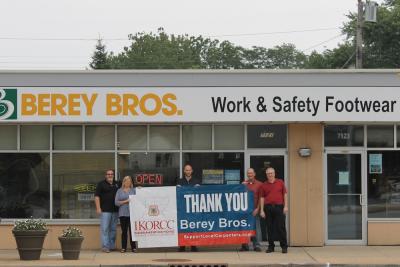



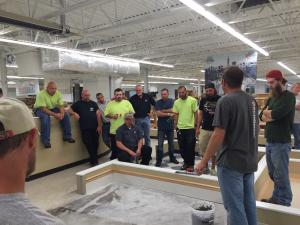
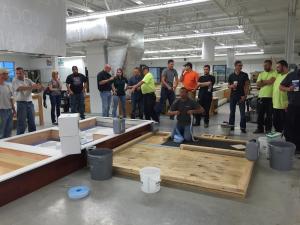
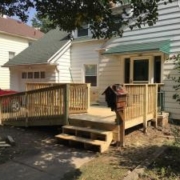
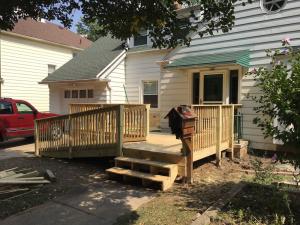



 PICKERINGTON, Ohio – On Labor Day, Carpenters Local 200 of the Indiana/Kentucky/Ohio Regional Council of Carpenters (IKORCC) participated in the 67th annual Pickerington Labor Day Parade, sponsored by the Pickerington Lions Club, for the second consecutive year.
PICKERINGTON, Ohio – On Labor Day, Carpenters Local 200 of the Indiana/Kentucky/Ohio Regional Council of Carpenters (IKORCC) participated in the 67th annual Pickerington Labor Day Parade, sponsored by the Pickerington Lions Club, for the second consecutive year.
 INDIANAPOLIS, Ind. – Garfield Park in Indianapolis is home to the last standing wood trolley station in the state of Indiana. Constructed in the early 1900s, the century-old trolley station was in need of structural improvements, and Local 301 Member Action Committee (MAC) members of the Indiana/Kentucky/Ohio Regional Council of Carpenters (IKORCC) eagerly agreed to help.
INDIANAPOLIS, Ind. – Garfield Park in Indianapolis is home to the last standing wood trolley station in the state of Indiana. Constructed in the early 1900s, the century-old trolley station was in need of structural improvements, and Local 301 Member Action Committee (MAC) members of the Indiana/Kentucky/Ohio Regional Council of Carpenters (IKORCC) eagerly agreed to help.

